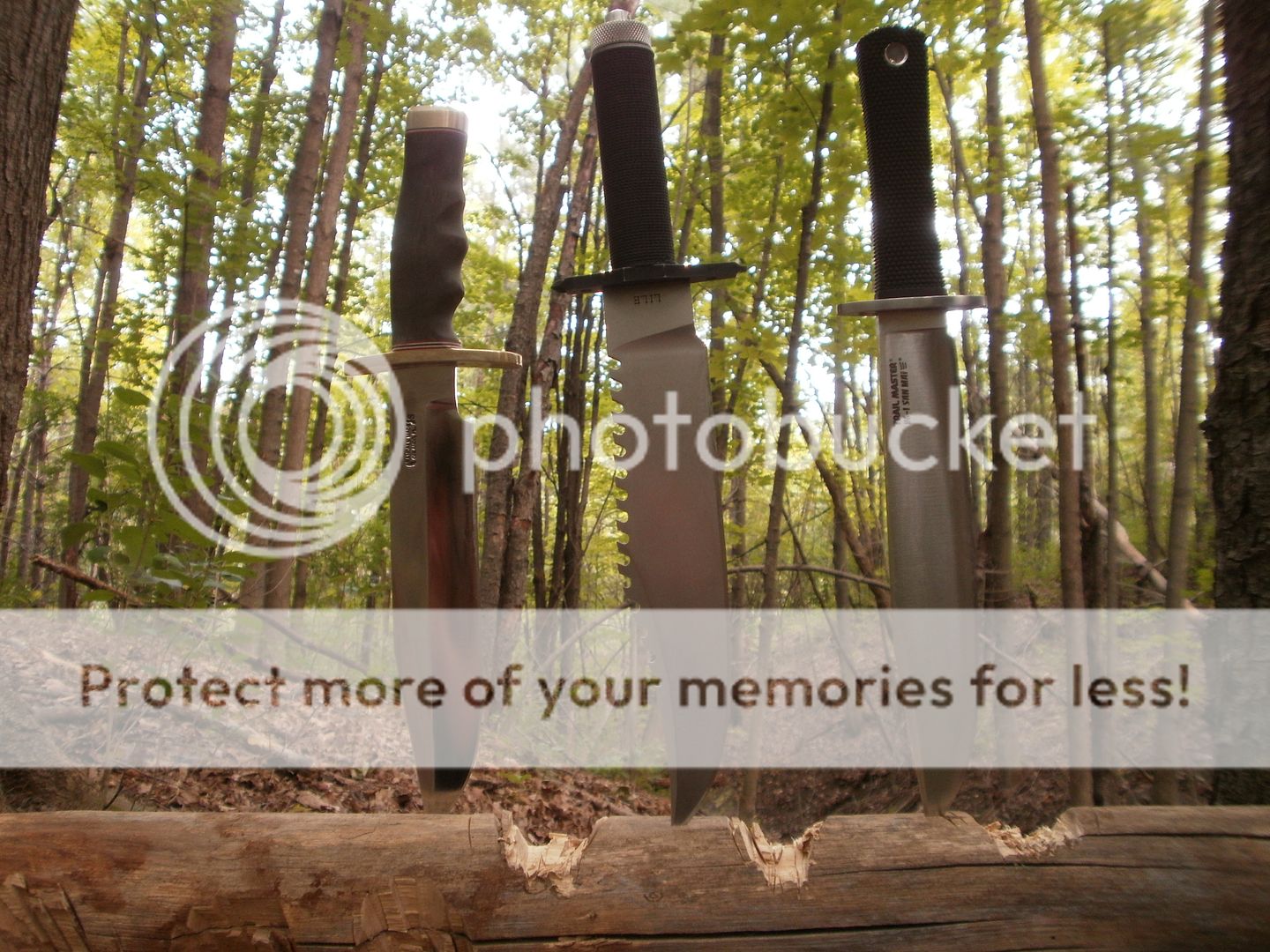Says a lot, if not quite all:
https://youtu.be/3Y1VGhxQ0-s
https://youtu.be/H6OOaMckMOw
https://youtu.be/GEsd7YdlgVw
https://youtu.be/KTZ-tk_qvJY
Somehow I wonder why those did not come up in thread of this title...
Of course this is all with the factory edge, and basic physics would dictate that with more closed angles a knife that weights 28 ounces
will somewhat work ahead of a knife that weights 17 ounces...
Working ahead though might still not be salvation, given that some
other 17 ounces knives are nearly
twice as effective chopping wood as the San Mai III Trailmaster tested above, which I consider as a very low efficiency chopper, in large part due to the very inefficient design of its handle...:

Of course I can swing a knife 3 times harder just to prove a point, and I can't prove to you that in the above photo I didn't... However in a Youtube video, that kind of thing becomes harder to conceal... Interestingly I have found Youtube videos to be fairly consistent: The Becker BK-9 for instance, is typically 1/3 to 1/4 ahead of the Trailmaster (and this roughly matches the difference in individual hit bite depth), but unseen is that its handle vibrations are even more tiresome than the loose moving around of the Trailmaster's too thin rubber handle, which merely robs power, but can convey a good impression of efficiency with lower energy swings compared to hard chops. I found the San Mai III edge to be very thick however, and the knife would perform way better with a true flat grind that is much thinner. (As would all knives for heaven's sake, especially since thin edges are better pinched by the wood and tend to stand up better in wood than thick edges through less yawing... But don't buy any of this: It must all be my imagination that I see thick edges crumble or do micro-folds in wood where much thinner edges emerge unscathed...)
Gaston





